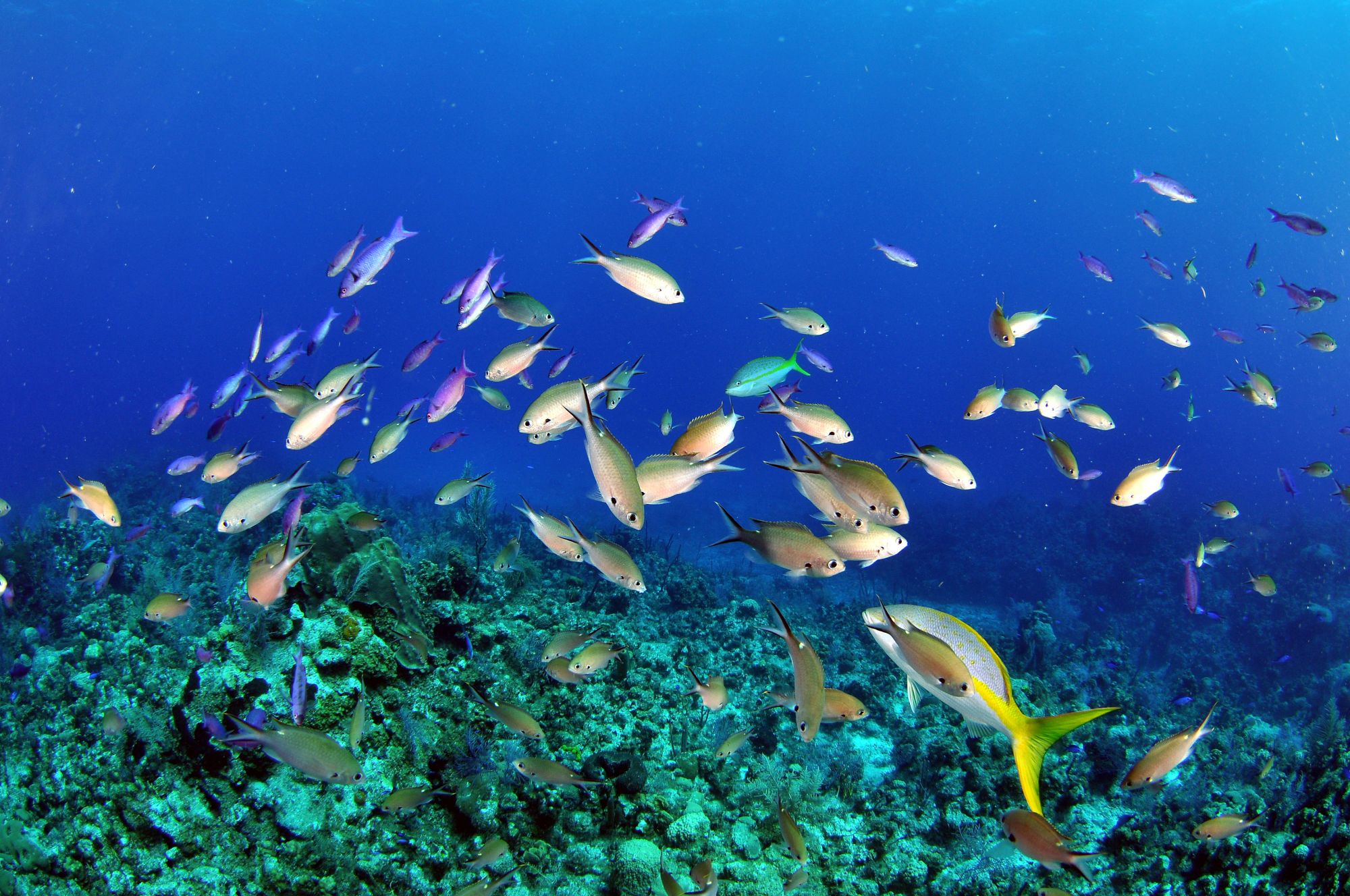
Liveaboard Diving in Saint Lucia
St. Lucia is a sovereign island country, located in the eastern Caribbean Sea on the boundary with the Atlantic Ocean. Part of the Lesser Antilles, it is located north/northeast of the island of St. Vincent, northwest of Barbados and south of Martinique. Its capital is Castries. Other main towns are Gros Islet, Soufrière, and Rodney Bay. St. Lucia is a mountainous country. The twin Pitons (Gros Piton and Petit Piton) are striking, cone-shaped peaks south of Soufrière that are one of the scenic natural highlights of the Caribbean. One of the Windward Islands, St. Lucia was named after St. Lucy of Syracuse by the French, the island's first European settlers. The biggest festival of the year is the St. Lucia Jazz Festival. Held in early May at multiple venues throughout the island, it draws visitors and musicians from around the world. St. Lucia has two airports: George FL Charles Airport (SLU), which is near Castries, and Hewanorra International (UVF), which is near Vieux Fort. Diving in Saint Lucia can satisfy even the most demanding divers. St. Lucia’s warm clear waters and abundant colorful fish and corals guarantee some of the best scuba diving in the Caribbean. There are many interesting dive sites for beginners and for certified divers of all experience levels. The depth of sites varies from 3.6m/12ft to around 43m/140ft. Divers can explore wrecks, pinnacles, reefs, and abundant coral gardens. One of the ‘top-five’ shore dives in the Caribbean is Anse Chastanet Reef. It is good site for night dives and first dives. It is home to more than 150 different species of fish. There are many interesting crustaceans, large basket stars, sleeping parrotfish, octopi, squid, and bioluminescent creatures. The reef is a favorite of professional underwater photographers and videographers. This shallow reef starts around 5m/15ft and progresses to around 18m/60ft. Another popular site is Anse Cochon. It is a steep slope with large boulders, covered in sponges and gorgonians. In the shallower parts of the reef seahorses, scorpionfish, and cleaner shrimp are found in abundance. Other interesting sites are the wreck of the Lesleen M., Fairyland, Turtle Reef, Grand Caille, Trou Diable, and the Pinnacles.
When To Go Diving in Saint Lucia
The local climate is tropical. The dry season is from December to June, and the wet season is from June to December. August is the hottest month, with an average temperature of 28C/82F, and the coldest month is February, at 25C/77F. St. Lucia has calm, warm blue water with a temperature of 26-29C/79-85F. The visibility varies from 6m/20ft to over 60m/200ft depending on the site and weather conditions.